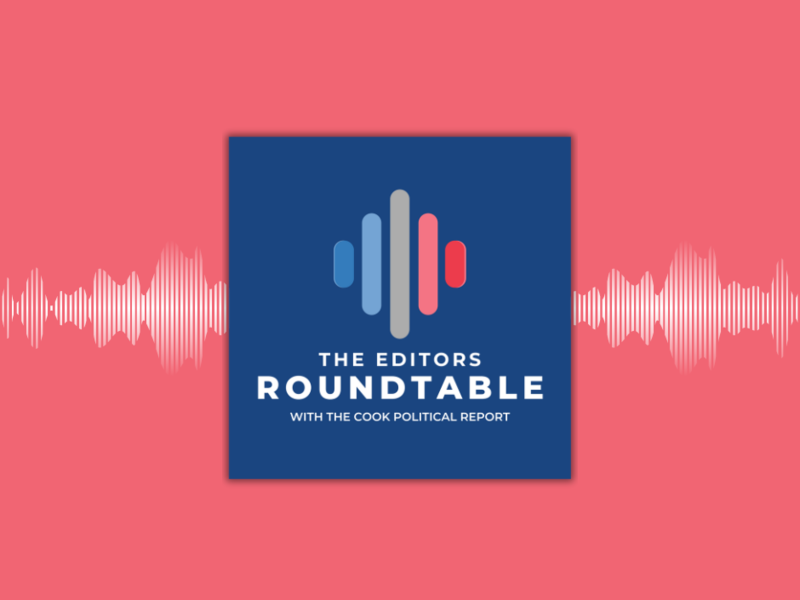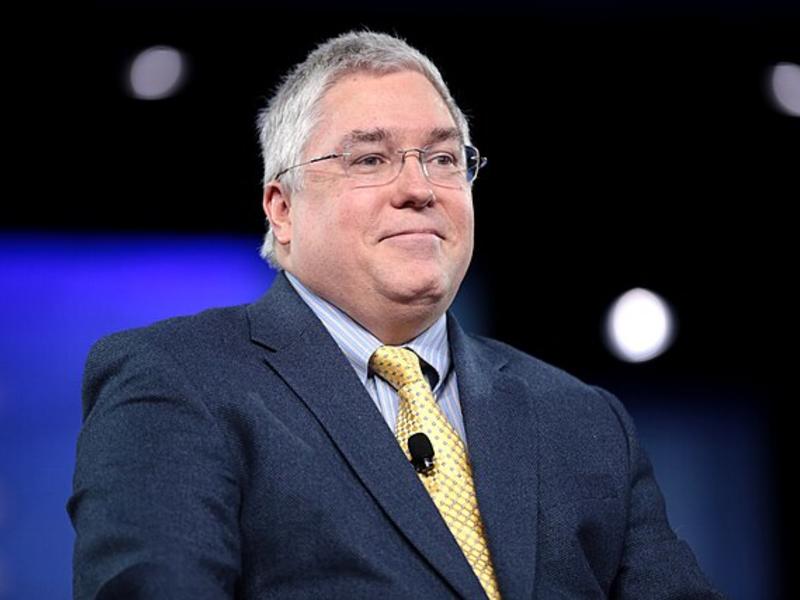
President Trump has to be pleased with his approval ratings in the just-released ABC News/Washington Post poll, conducted June 28 to July 1. His 44 percent rating is up 5 points from their last survey in April. We haven’t seen a rise in other polling yet so it’s impossible to say whether it is the beginning of a trend or just statistical noise.
In terms of poll averages, Trump is currently on the high end of a narrow range of between 42 and 45 percent in the RealClearPolitics averages, where he’s held steady since February.
Pay particular attention to the role of the economy in Trump’s approval ratings. In that ABC/Post poll, 51 percent of adults approved of his handling of the economy, while only 42 percent disapproved—nearly a reverse image of his overall approval. Then again, given how well the economy has performed during his 29 months in office, it’s telling that his overall approval ratings are largely not driven by his economic stewardship.
According to the old adage, “Americans vote their pocketbooks.” But perhaps the relationship between a strong economy and presidential approval isn’t what it used to be. In their terrific book, Identity Crisis: The 2016 Presidential Campaign and the Battle for the Meaning of America, John Sides, Michael Tesler, and Lynn Vavreck point out that for presidents John F. Kennedy through George W. Bush, there was a relationship between consumer confidence and presidential approval ratings. But that correlation ended with the beginning of the Obama presidency. It does not appear to have returned under Trump. Even news like very strong growth in real gross domestic product—like the 4.2 percent in the second quarter of 2018—or unemployment hitting a 49-year low—as it did this spring—have had little effect.
In fact, it isn’t just the economy. Trump’s numbers don’t seem to move up very much with good news, nor do they move down much with bad news of any sort. His numbers just show little elasticity, as if they’re impervious to news.
Some have argued that if the economy does slow down (and there are certainly signs that the world economy is cooling), or the trade war zaps economic growth, that could have a downward effect on Trump’s approval and his reelection prospects.
Historically, it would certainly be said that a slowdown would hurt, but I am not sure it would affect my handicapping of the race that much. So much of how Trump is perceived, whether by his supporters or detractors, is about his personality, his style and approach, that upticks or dips in the economy have little, if any, impact. It is not hard to find farmers who worry about his tariffs and overall trade policy but still support him 100 percent, just as there are college-educated, suburban women who may well have benefited from Trump's tax cuts and the booming economy but strongly disapprove of him and are anxious to vote against him. There is just so much more going on than whether the economy is doing well or not. Cultural and tribal politics have taken hold.
But this is not to say that the state and direction of the economy won’t affect the outcome of the next election. Putting aside the 35 percent or so who make up Trump’s hard base of support, and the roughly 45 percent who are equally adamant against him, there is the 20 percent who are in the middle, those malleable voters who are less influenced by his personality and style, who are not driven by cultural or tribal political influences. Among that group, what is happening in the economy might still be important, along with who the Democrats present as an alternative. But with three-quarters of the electorate locked in with strongly held views of Trump, pro or con, movement up and down is largely on the margins, possibly based just on which way late deciders break.
The race for the Democratic nomination is now in a new phase. While former Vice President Joe Biden remains the front-runner, it’s a tenuous advantage, with a lot riding on his performance in the second debate, which takes place in three weeks.
There is now effectively a three-way tie for second place between Sen. Bernie Sanders, who is dropping in altitude, and Sens. Kamala Harris and Elizabeth Warren, who are both on the rise. After South Bend, Indiana Mayor Pete Buttigieg, who’s in fifth, the remainder of the field is at 2 percent or less. The entry of billionaire Tom Steyer is not expected to alter this configuration.
Coming next is the release of second-quarter campaign finance filings, providing a real look at the financial health, or lack thereof, of each of the campaigns. Of importance are the actual contributions (as opposed to receipts, which include transfers from other committees, like House or Senate reelection committees), cash on hand, and burn rates (the percentage of newly raised money that a campaign is spending). Those numbers will tell us a lot about which campaigns can persevere, and which are running on fumes.
This story was originally published on nationaljournal.com on July 9, 2019










Subscribe Today
Our subscribers have first access to individual race pages for each House, Senate and Governors race, which will include race ratings (each race is rated on a seven-point scale) and a narrative analysis pertaining to that race.